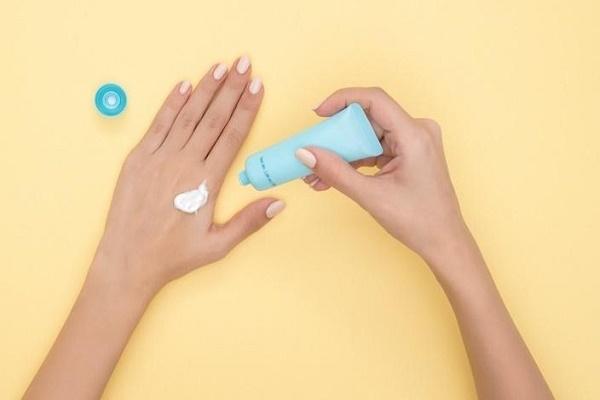
Follow us Now on Telegram ! Get daily 10 - 12 Interesting Updates. Join our Telegram Channel https://t.me/OhWomen
Download Telegram App before Joining the Channel
The adverse effect of UV radiation on our skin is significantly higher than one can fathom. The repercussions such as sunburn, pigmentation, loss of skin elasticity, early signs of ageing, and skin cancer should compel everyone to strictly and consistently adapt the application of sunscreen in your skincare routine.
A science-driven homegrown skincare brand, paving its way by championing complete transparency in its approach, Mohit Yadav, Co-Founder, Minimalist, talks about how its imperative to understand the science behind a product that is an integral part of your daily regime.
Q: Why do sunscreens have different strengths? How to choose the right strength (SPF) of the sunscreen?
A: The strength of sunscreen is measured by SPF (protection against UVB) and PA (protection against UVA). The higher the SPF and PA, the more protection it gives to the skin. Sunscreens often come with different strengths so you can select according to your exposure to the sun. If you're planning to spend your day inside or driving your car, a lower SPF with broad-spectrum protection will do the job. But, if you're spending a lot of time outdoors in direct sun, you would need sunscreen with higher SPF and PA.
The strength (SPF) of the sunscreen depends on how much time one spends being directly exposed to the sun. The SPF number tells you how long the sun's UV radiation would take to burn the protected skin with sunscreen as compared to the amount required to burn the unprotected skin without sunscreen. So if a person takes 10 minutes to sunburn with no protection; sunscreen with SPF 30 will protect them from burning for 300 minutes (i.e 30 times more protection).
Q: What are the key ingredients that sunscreen should always have, and which ingredients in sunscreen can cause harm to the skin?
A: The right way to identify a safe and trustworthy sunscreen is by looking for more advanced, modern, and photostable filters. The photostability of the filters will ensure to stay effective and potent even during long sun exposure.
Numerous studies have raised concerns about the safety of few ingredients like -- OMC (Octyl Methoxycinnamate / Octinoxate / Ethylhexyl Methoxycinnamate), Homosalate, Benzophenone-3 (Oxybenzone), Ethylhexyl Dimethyl PABA, and 4-Methylbenzylidene Camphor.
Q: Why is it essential to reapply sunscreen every 3 to 4 hours?
A: It is a common practice for people to reapply their sunscreen after 3 to 4 hours -- due to numerous reasons. Be it chemical or physical, all sunscreen breaks down on your skin when exposed to sunlight. Mineral sunscreen, as it sits on the top of the sun, is most likely to be wiped off of the skin over time. Hence, one should reply sunscreen every 3-4 hours for better protection and to avoid any further skin damage.
Q: Tips and tricks to know whether the sunscreen is doing its job
A: The best way to know if the sunscreen is doing its job is by observing your skin tone from time-to-time. The way sunscreen works are if you are applying the right amount of sunscreen, your skin tone usually stays the same. However, if after applying a generous amount of sunscreen one still gets tanned, then it is not doing its job very well. As a starter, this is one of the easiest ways to check whether the sunscreen's strength and efficacy is best suited for you or not.